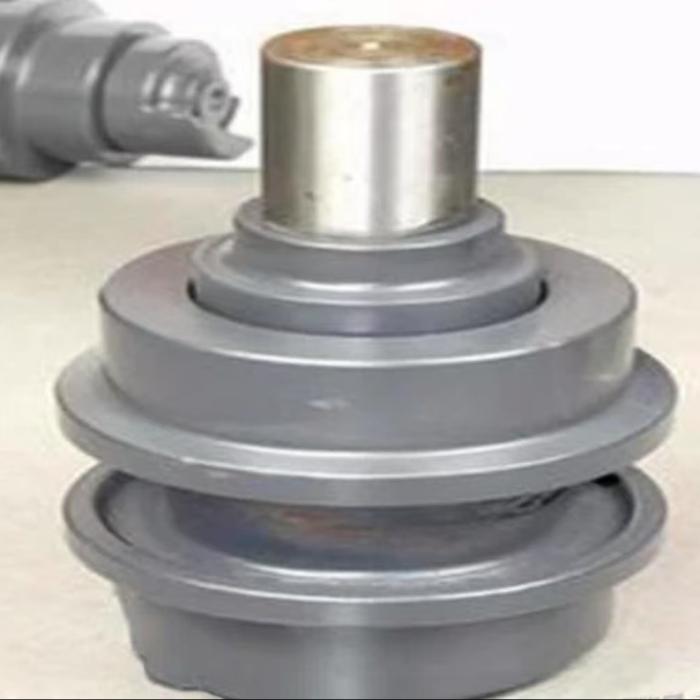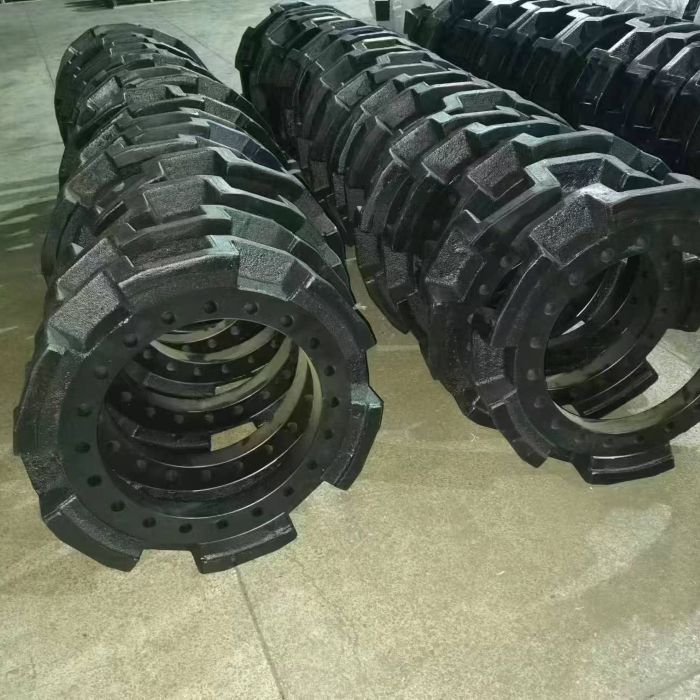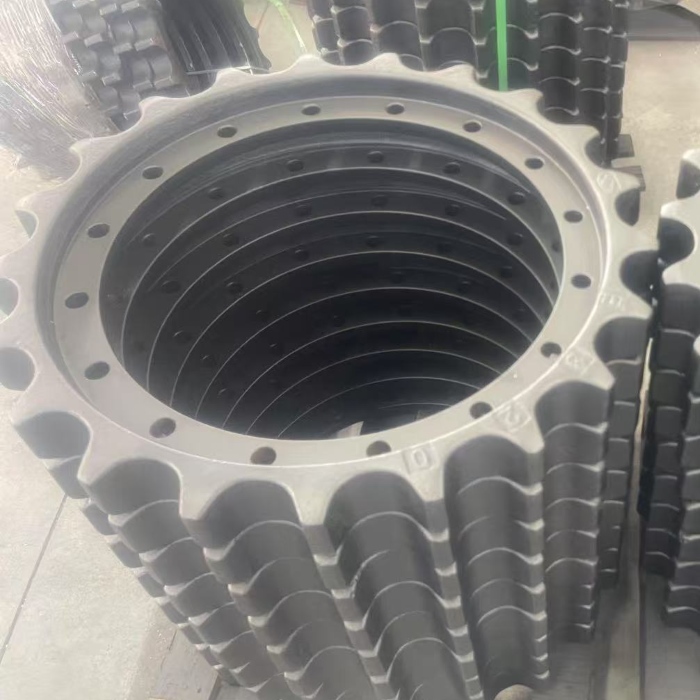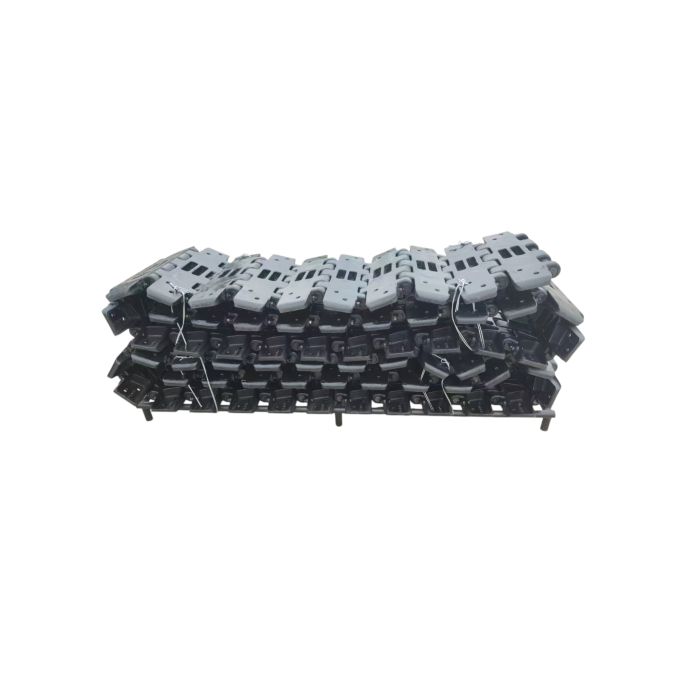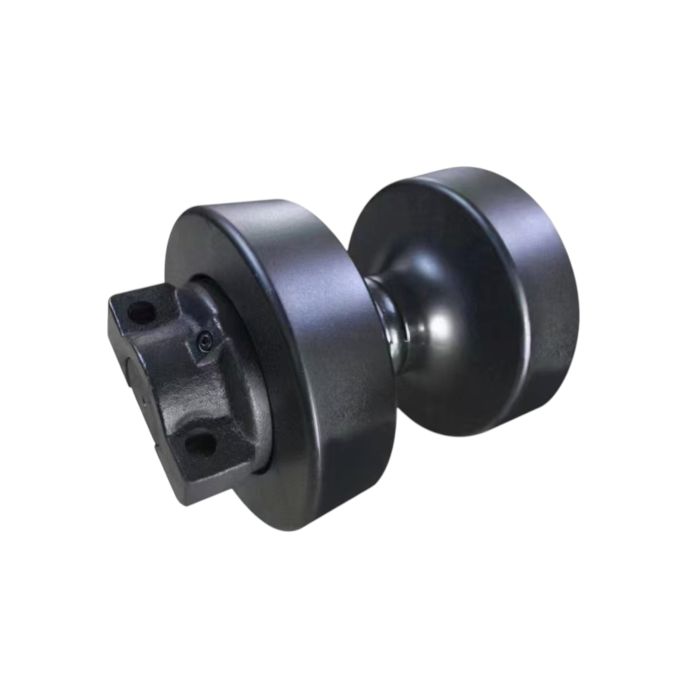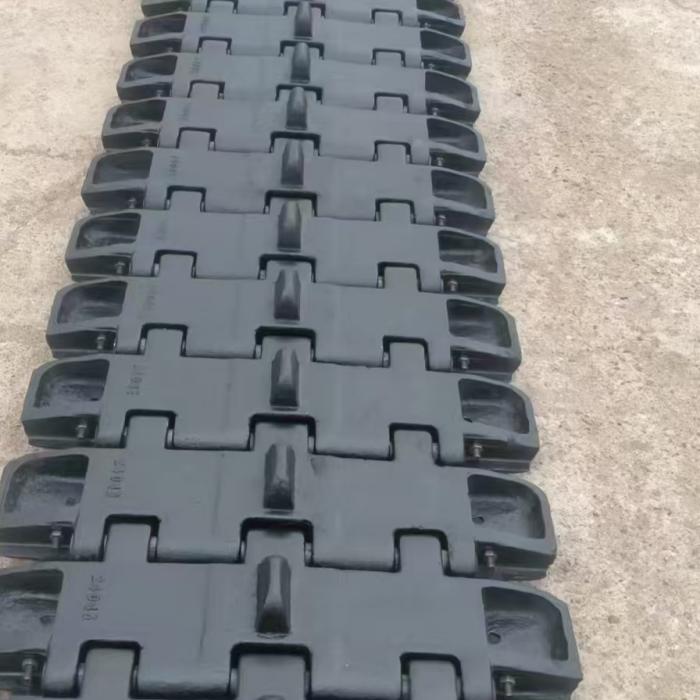Track rollers are components of crawler-type construction machinery, bearing the entire weight of the machine. They often operate in gravel, muddy water, and in relatively harsh working environments. To ensure proper operation, track rollers must have good sealing properties. In winter, due to the cold weather, oil leakage is more likely to occur, thus impacting the progress of the machine. Let's learn about the causes of track roller oil leakage to help prevent this problem.
How Track Rollers Work:
When track rollersare in operation, the shaft housings, along with their floating seals and rings, are fixed to the machine frame, stationary. The wheel body, along with the floating seals and rings, rotates around the shaft. To reduce friction and wear, a certain amount of lubricating oil is added to the track roller cavity through the oil filling hole on the shaft housing during assembly. The oil plug is then used to seal the lubricating oil.
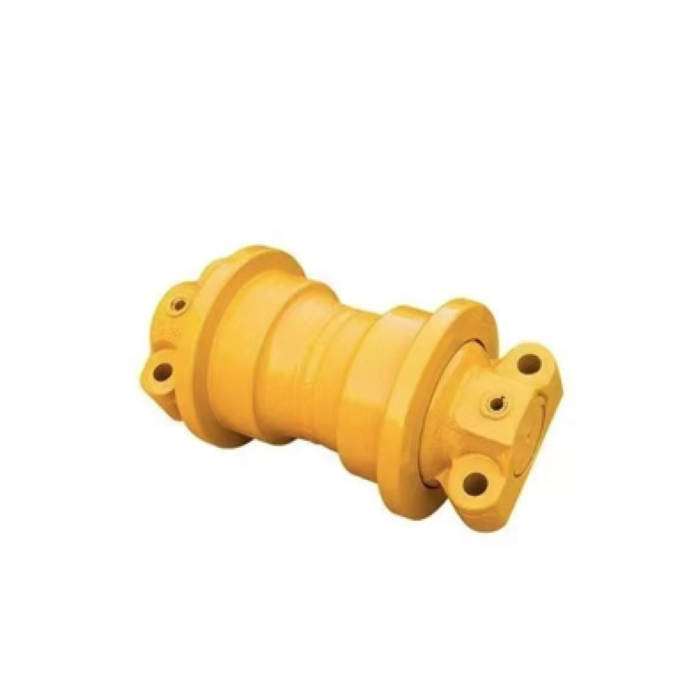
Analysis of Roller Oil Leakage:
During operation, rollers can experience lubricant leakage due to various factors. Possible causes include the following:
1. The dimensions or surface roughness of the axle, bushing, and seat are substandard. This causes abnormal wear between the axle and sleeve, and between the seat and sleeve, during operation. This generates a large amount of metal powder, contaminating the lubricant inside the wheel. This metal powder then enters the sealing surface of the floating seal ring, causing wear and failure.
2. Insufficient strength of the wheel body and seat causes deformation of the floating seal chamber during operation, leading to distortion and misalignment of the floating seal assembly and seal failure.
3. Improper lubricant selection fails to meet ambient temperature requirements, preventing an effective oil film from forming inside the wheel body. This leads to abnormal wear and temperature rise on the axle and sleeve, and seal failure.
4. The frame and other components are not level, concentrating stress on the rollers and causing rapid wear of the seal assembly, resulting in failure of the floating seal assembly. XCMG's crawler chassis has been specifically improved to address the common problem of oil leakage on rollers. The company also features a professional dust-free cleanroom assembly workshop, ensuring that all components are kept clean during assembly to prevent impurities from entering the mounting surfaces. Furthermore, optimized design structures and the use of seals with a wider temperature range have significantly improved the reliability and durability of the rollers, significantly reducing oil leakage.
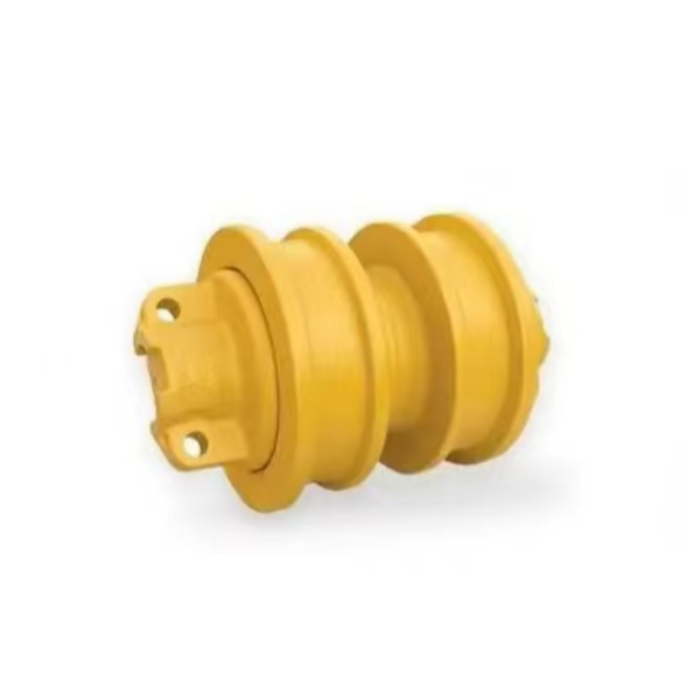
Roller Maintenance Methods:
In addition to improving the design, the mainframe also requires regular maintenance during operation. How should this be performed?
1. When operating in harsh conditions, avoid prolonged immersion of the rollers in mud and water. After each day's operation, prop up one side of the track and drive the travel motor to remove dirt, gravel, and other debris from the track.
2. Remove the roller oil plug screw and add a small amount of lubricating oil (gear oil from the travel and slewing reducers can usually be used instead; consult the manufacturer for special operating conditions). Refill every six months to one year. 3. In low-temperature operating environments, it's crucial to keep the track rollers dry. This is because there's a floating seal between the outer roller and the shaft. Muddy water can enter the seal cavity and freeze, blocking the seal assembly. This can cause the rubber ring to lose its elasticity and seal, leading to oil leakage.
That's all for today. For more news and information about track rollers, please visit our website!


